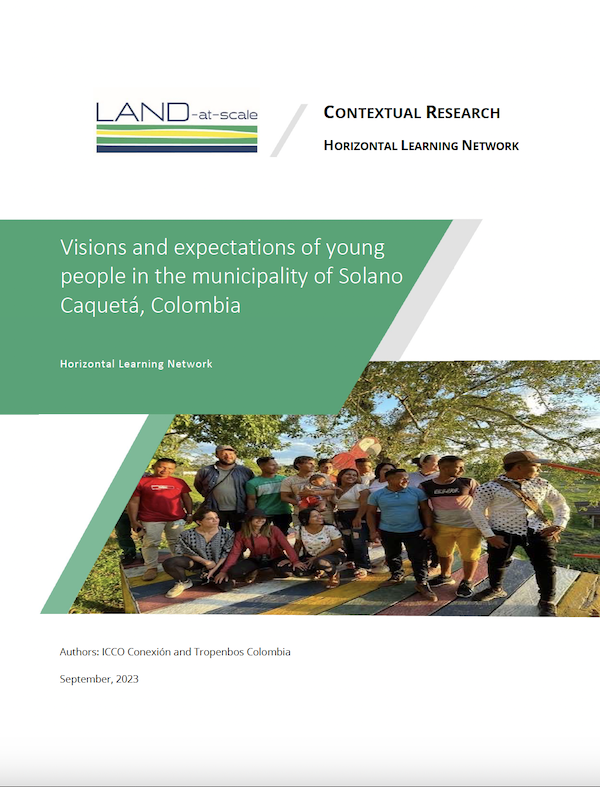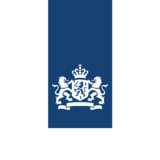Resource information
Solano is a municipality located in the department of Caquetá within the deforestation arc of the Colombian Amazon, the second largest municipality in area of the country. Solano can only be reached by river, although there are already several trails that allow to reach the municipal’s capital by car at certain times of the year. Solano has an area of 4.2 million hectares, of which about 2 million hectares belong to the Chiribiquete Park, 700,000 hectares are indigenous reserve lands, 200,000 hectares are protected areas by environmental determinants such as wetlands, water reserves, which are untouchable according to the new regulations, and 1.3 million hectares is a forest reserve area that is not subject to titling to private individuals, and only 3% of the area is excluded from the forest reserve (all figures are approximate). This means that about 3% of Solano territory, that is the area excluded from the forest reserve, is subject to titling for private ownership, Of this area only 2% has title deeds. The indigenous reserve lands (resguardo), are protected by collective form of property with great security as it is inalienable, unseizable and imprescriptible. This offers a great advantage to indigenous peoples over peasants, especially in this context where the majority of land cannot be awarded to private individuals. Most of the deforestation is occurring in the Chiribiquete Park and forest reserve areas (see Figure 1). Solano has been rapidly transforming from a purely indigenous territory to one that today can be considered intercultural. Today not only the Koreguaje, Makaguaje, Murui, Inga and Nasa indigenous people are present in the territory. With different economic booms, a non-indigenous population arrived in this territory. First came the exploitation of quinine wood and fine furs, then rubber, followed by the boom in illicit crops, and now cattle farming and land grabbing is the engine of transformation. This area has also had the presence of illegal armed actors. At present, the deforested areas are mainly used for cattle grazing and, to a lesser extent, for the cultivation of illicit crops. Indigenous communities try to maintain a traditional livelihood that combines slash and burn agriculture, fishing, hunting and gathering of forest products. Some of them also have some cattle.




